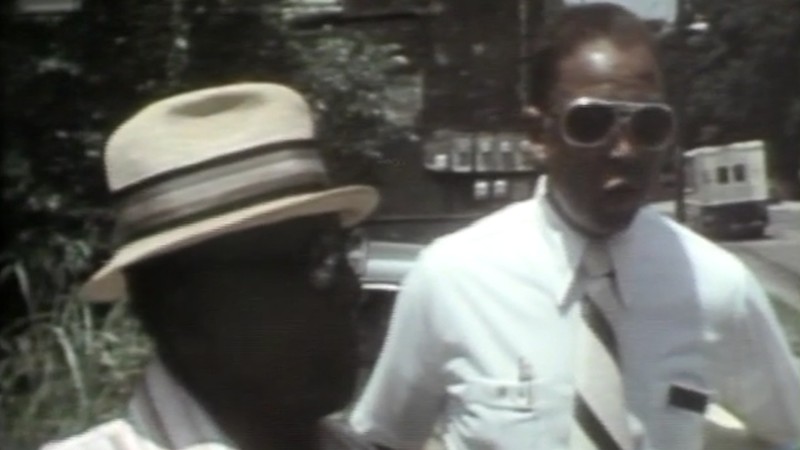One of the great modern documentaries is hiding in plain sight. “Who Killed Fourth Ward?,” directed by James Blue, from 1978, is available on YouTube, on a channel devoted to his work. It’s also part of a Blue retrospective at Metrograph, starting Friday, along with his most celebrated movie, the rarely screened and newly restored dramatic feature “The Olive Trees of Justice,” from 1962. That feature is vital, but “Who Killed Fourth Ward?” is life-changing: it overturns long-standing and deep-rooted expectations about the practice and results of documentary filmmaking. What’s more, although “Who Killed Fourth Ward?” is in three parts, each about an hour long, it’s the quickest three hours I’ve seen on film in quite a while.
Filmed mainly from July through September, 1976, the film is centered on Houston’s oldest Black neighborhood, the Fourth Ward, which was settled by formerly enslaved people in the eighteen-sixties and officialized, through segregation laws, in the nineteen-twenties. At the time of filming, Houston was in the midst of a substantial expansion of its downtown business district—and the Fourth Ward, which was adjacent to a new set of high-rise office towers, was indeed dying. Its housing stock was deteriorating; landlords weren’t improving or maintaining the buildings that they rented to residents and local business owners. Instead, they demolished houses and stores in order to have bare land available to sell to developers. As a result, the neighborhood’s population had rapidly diminished to about seven thousand people. Many of the houses that remained were dilapidated and prone to demolition, and the most prominent Black church, Antioch Missionary Baptist Church—the heart of the Black community—was feeling pressure to sell to developers whose high-rises were already pressing close to it.
Blue, a white man in his mid-forties, was living in Houston and teaching film at Rice University in the mid-nineteen-seventies. As he drove past the neighborhood, he noticed that one side of the highway was part of the city’s gleaming downtown business district and the other side was a series of small run-down shops and houses, and—as he had a commission to make a film on a subject of his choice—he decided to investigate. To start, Blue and his crew—the camera operator Brian Huberman and the sound recordist Ed Hugetz, who are also white—show up in the Fourth Ward and, as seen in the film, begin their investigation by approaching residents in the street and questioning them about their neighborhood. (The movie was shot on the amateur format of Super 8, then the main medium for home movies.) The interviews lead Blue to a much wider investigation, in terms of both his subject and his method.
